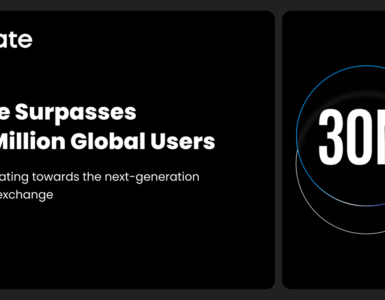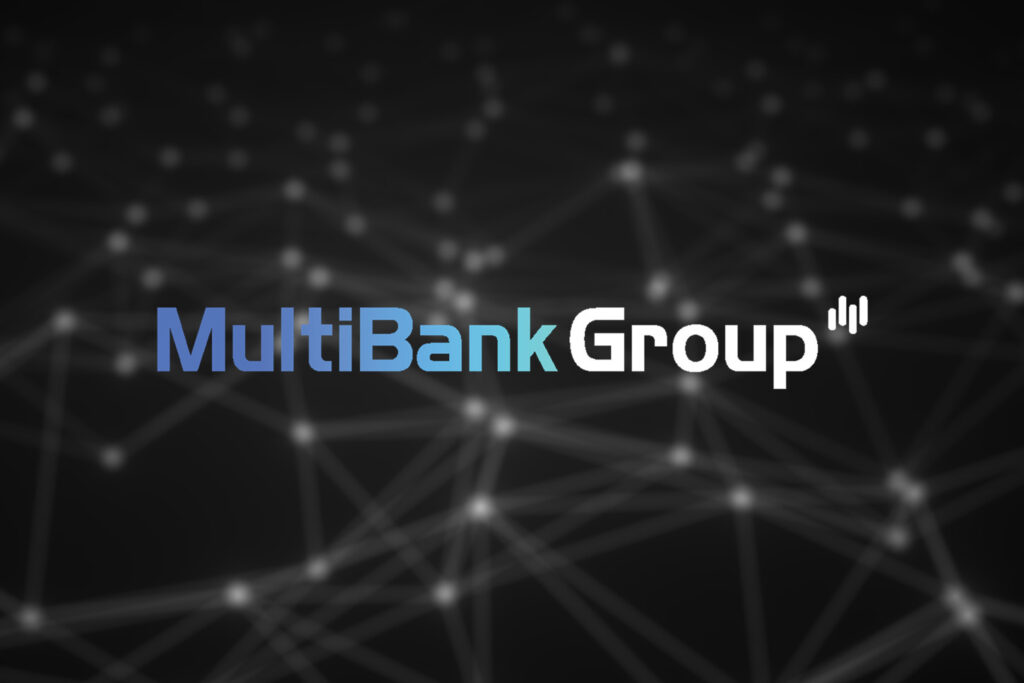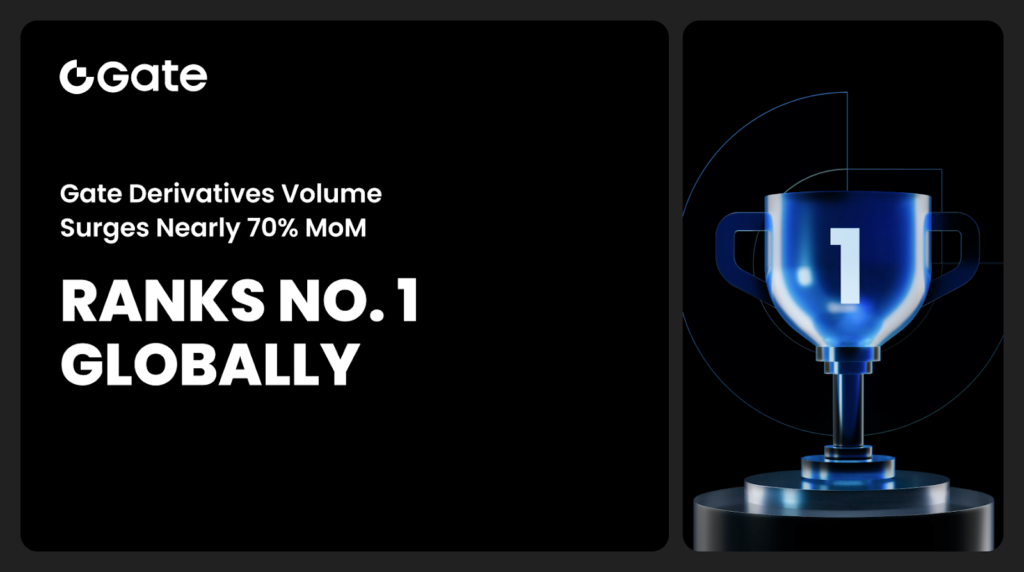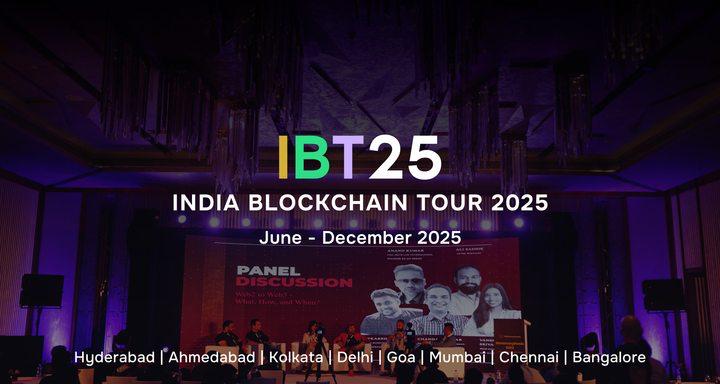Opportunities for Developers in Web 3
Web 3 also known as the decentralized web, is an emerging paradigm shift that offers developers new opportunities and challenges. Web 3.0 is built on a decentralized and distributed architecture, which means that it relies on peer-to-peer networks and blockchain technology. In this blog post, we will explore the challenges and opportunities that Web 3.0 presents for developers.
Decentralized Applications (DApps)
Developers can create decentralized applications (DApps) on Web 3 networks. DApps can provide users with greater control over their data and can help create more open and transparent systems.
Smart Contracts
Smart contracts are self-executing contracts that automatically enforce the rules of an agreement. Web 3 provides a platform for developers to create and deploy smart contracts for a variety of use cases.
Interoperability
Web 3 provides a platform for creating interoperable systems that can work together seamlessly. Developers can create protocols and standards that allow for interoperability between different Web 3 networks and applications.
Challenges for Developers in Web 3
While Web 3 provides numerous opportunities for developers, there are also challenges to consider. Here are some examples:
1. Accessibility and Inclusion
One of the main challenges of Web 3.0 on governance and democracy is accessibility and inclusion. While Web 3.0 technologies provide new tools for participation and collaboration, they may not be accessible to everyone, particularly those with limited access to technology or digital literacy. This could lead to exclusion of certain groups from the democratic process.
2. Governance and Regulation
Web 3.0 technologies are decentralized and distributed, which means that traditional forms of governance and regulation may not apply. This could make it difficult to ensure accountability and transparency in governance and democratic processes. Additionally, the lack of regulation could lead to the emergence of unregulated or illegal activities on the decentralized web.
3. Privacy and Security
Web 3.0 technologies are built on blockchain, which provides enhanced security and privacy compared to traditional data storage methods. However, there are still challenges associated with ensuring privacy and security in decentralized systems. For example, personal data stored on the blockchain could potentially be accessed or manipulated by malicious actors.
4. Trust and Consensus
Decentralized systems rely on trust and consensus to function properly. However, achieving trust and consensus in a decentralized system can be difficult, particularly when there are conflicting interests or values. This could lead to gridlock or paralysis in governance and democratic processes.
5. Adoption and Education
Finally, the adoption of Web 3.0 technologies in governance and democracy is still in its early stages. Many people may not be familiar with these technologies or may not understand how they can be used to enhance democratic processes. This could make it difficult to achieve widespread adoption and participation in Web 3.0-based governance and democratic initiatives.
Opportunities
1. Decentralization
One of the main opportunities of Web 3.0 for developers is the concept of decentralization. Decentralization provides an opportunity to create applications and platforms that are more resistant to censorship and surveillance. By removing centralized intermediaries, developers can create platforms that are truly peer-to-peer and decentralized.
2. Tokenization
Another opportunity of Web 3.0 is the concept of tokenization. Tokens are digital assets that can represent anything from a cryptocurrency to a virtual asset. Developers can leverage tokenization to create new business models and revenue streams. For example, tokens can be used to create a new form of crowdfunding or to monetize digital content.
3. Interoperability
Web 3.0 also presents an opportunity for developers to create interoperable applications and platforms. Interoperability refers to the ability of different platforms and applications to communicate with each other. By creating interoperable platforms, developers can create a more connected and seamless user experience.
4. Smart Contracts
Smart contracts are self-executing contracts with the terms of the agreement between buyer and seller being directly written into lines of code. This presents a major opportunity for developers to create autonomous applications that can operate independently and without the need for human intervention. Smart contracts can be used to automate tasks and create trust between parties.
5. Transparency
Web 3.0 provides an opportunity for developers to create transparent platforms and applications. Transparency can be achieved through the use of blockchain technology, which provides a tamper-proof and immutable record of transactions. This can help to increase trust among users and create more transparent business models.
6. New Business Models
Web 3.0 presents an opportunity for developers to create new business models. With tokenization and decentralized platforms, developers can create new forms of ownership, such as community ownership, and new ways of generating revenue, such as revenue sharing and micropayments.
7. User Control
Web 3.0 also presents an opportunity for users to take more control over their own data and online identities. With decentralized platforms, users can own and control their own data, which can help to increase privacy and security.
8. Innovation
Finally, Web 3.0 presents an opportunity for innovation. Decentralized platforms and applications are still in their early stages, which means that there is plenty of room for new and innovative ideas. Developers can experiment with new technologies and business models, and explore new use cases for blockchain and other decentralized technologies.
Challenges
Best Practices for Developing on Web 3
Developing on Web 3 requires careful planning and attention to detail. Here are some best practices for developers:
Privacy and Security
Privacy and security are critical considerations for Web 3. Developers should prioritize data privacy and ensure that their applications and protocols are secure and resistant to attacks.
Interoperability
Interoperability is important for ensuring that applications and protocols can work together seamlessly on decentralized networks. Developers should design applications and protocols with interoperability in mind to avoid compatibility issues.
Community Building
Building a strong community is important for creating successful applications and protocols on Web 3. Developers should engage with users and other developers to build a vibrant and active community around their projects.
Future of Web 3 Development
The future of Web 3 development is promising, with numerous opportunities for innovation and growth. Here are some trends to watch:
Privacy-Preserving Technologies
Privacy-preserving technologies are a trend that aims to provide users with greater control over their data on decentralized networks. This can be important for applications that handle sensitive user data.
Decentralized Identity
Decentralized identity is a trend that aims to provide users with greater control over their digital identity. This can be important for creating more secure and trustworthy systems on Web 3 networks.
Interoperability Standards
Interoperability standards will be important for ensuring that different Web 3 networks and applications can work together seamlessly. Developers should prioritize interoperability when designing applications and protocols.
Tools and Technologies for Web 3 Development

Developing on Web 3 requires a range of tools and technologies. Here are some examples:
Decentralized Storage
Decentralized storage is a critical component of Web 3 development. Developers can use decentralized storage solutions to store user data and application data in a secure and decentralized manner.
Smart Contract Platforms
Smart contract platforms provide a platform for creating and deploying smart contracts on Web 3 networks. Some popular smart contract platforms include Ethereum, Polkadot, and Binance Smart Chain.
Decentralized Oracles
Decentralized oracles provide a way for smart contracts to access off-chain data and information. This can be important for creating more complex and sophisticated smart contracts.
Best Practices for Web 3 Development
Developing on Web 3 requires careful planning and attention to detail. Here are some best practices for Web 3 development:
Testnet Development
Developers should test their applications and protocols on testnets before deploying them to mainnet. This can help identify and fix bugs and other issues before they become a problem on the live network.
Open Source Development
Open source development can help accelerate innovation and growth in the Web 3 ecosystem. Developers should consider open sourcing their code and collaborating with other developers on shared projects.
User-Centered Design
User-centered design involves designing applications and protocols with the user in mind. Developers should prioritize user experience and design intuitive and easy-to-use interfaces for their applications.
Future of Web 3 Development
The future of Web 3 development is promising, with numerous opportunities for innovation and growth. Here are some trends to watch:
Interoperability
Interoperability will be important for creating seamless experiences across different Web 3 networks and applications. Developers should prioritize interoperability when designing applications and protocols.
Privacy-Preserving Technologies
Privacy-preserving technologies will be important for creating more secure and private applications and protocols on Web 3 networks.
Decentralized Governance
Decentralized governance involves creating systems that are governed by decentralized communities rather than centralized entities. This can help create more transparent and accountable systems on Web 3 networks.
Conclusion
Web 3 provides numerous opportunities for developers, but it also presents challenges that need to be addressed. Developers who prioritize privacy, security, and interoperability will be well-positioned to create successful applications and protocols on decentralized networks. Privacy-preserving technologies, decentralized identity, and interoperability standards will be important trends to watch as the Web 3 ecosystem continues to evolve.













